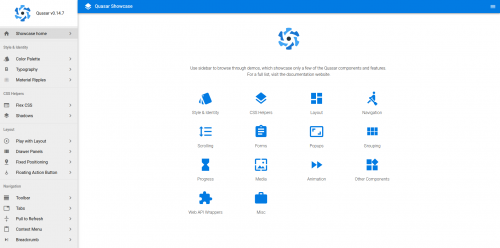The other day I came across this article: “Microservices Architecture: All the Best Practices You Need to Know“. There’s been a lot said and written about the microservices architectures around the web. But I like this article in particular, because it paints a more realistic picture, in my opinion. Big parts of it are covering the “why?” part of the whole conversation, and it presents a balanced view of pros and cons, as well as several approaches to solving the problems.
This is very refreshing after tonnes of “Microservices are amazing, and are the best thing since sliced bread” and “Microservices is nothing but hype and bubble” coverage out there.
